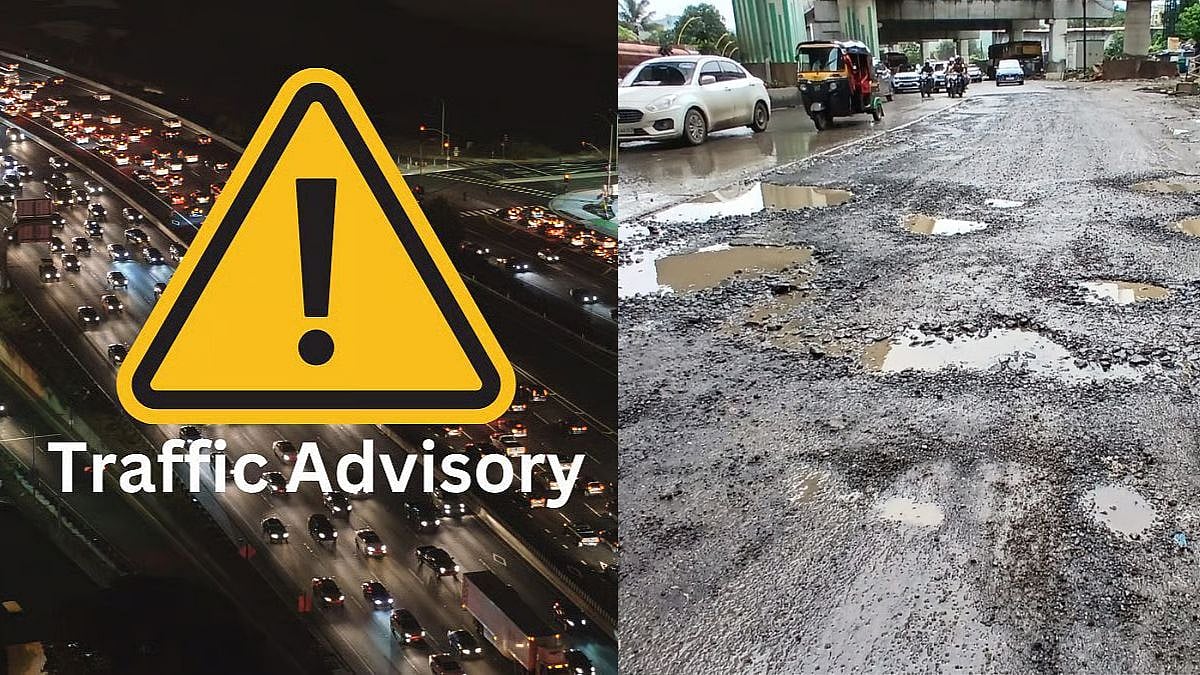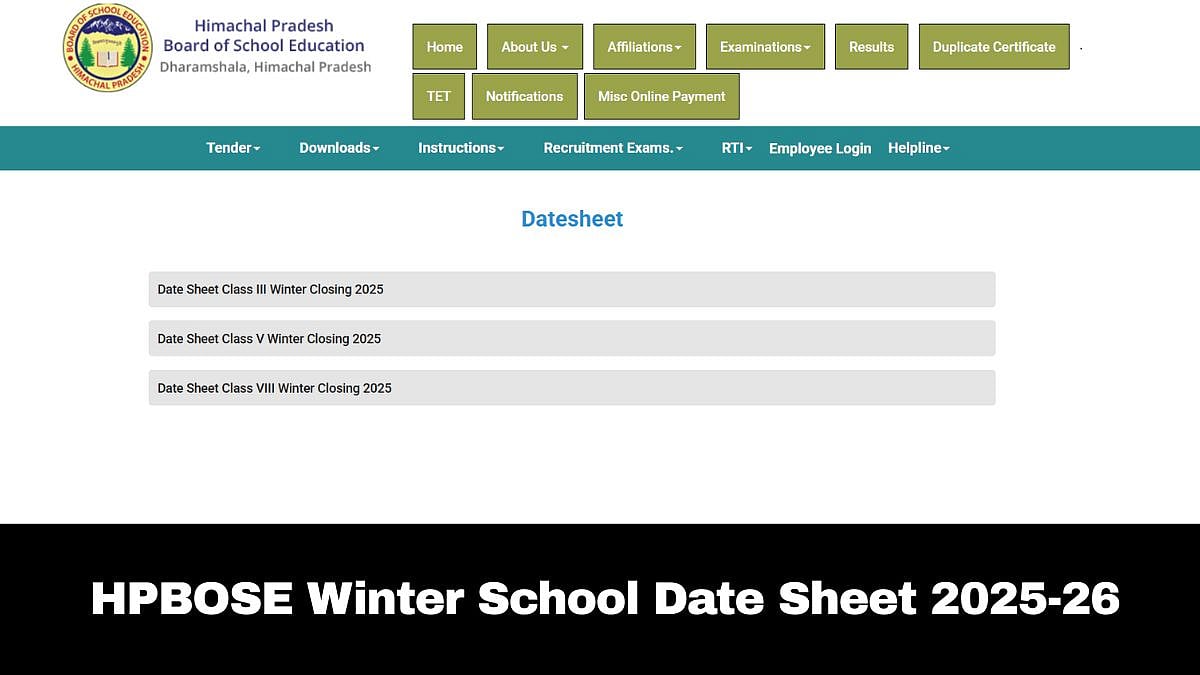No matter which platform China is represented, it never loses sight of its vested interests. The Brics summit held in Johannesburg ended on August 24th, and on Monday, August 28th, China released a map showing Arunachal Pradesh and Aksai Chin as part of its territory. Not only this, but this map also shows the entire South Sea China as the territory of the People’s Republic of China [PRC]. Expectedly, this has enraged India, Philippines, Malaysia, Indonesia, Taiwan and Vietnam. These countries have rejected as baseless as a map released by China that denotes its sovereignty.
China is currently having a ‘national map awareness publicity week’. The map is the latest assertion of Chinese territorial claims that extend from the Ladakh region in the West to the South China Sea in the East and the whole of Taiwan, which China considers to be a breakaway province. The map was different to a narrower version submitted by China to the UN in 2009 of the South China Sea. The latest map was of a broader geographical area and had a line with a line with ten dashes that included democratic Taiwan. Taiwan promptly rejected this map and vehemently maintained it is absolutely no part of PRC.

Each enraged country reacted in a strong language. The Philippines called on China to act responsibly and abide by its obligations under international law. Its protest is based on the 1982 United Nation Convention on the Law of Sea [UNCLOS]. Vietnam’s foreign ministry maintained that China’s claims based on map have no value and violate Vietnamese and international laws. Similarly Malaysia had filed a diplomatic protest over the map. The Chinese map show parts of Malaysian Exclusive Economic Zone [EEZ] as Chinese territory. China’s U-shaped line loops as far as 1,500 km south of its Hainan Island and cuts into the EEZs of Vietnam, Philippines, Malaysia, Brunei and Indonesia. No wonder the next strong protest has come from Indonesia, a third ASEAN country.
India rejected these maps and the claims contained therein as ‘absurd claims’. In case of India, China has illegally occupied Aksai Chin, a territory in the far-east of Ladakh union territory [UT] since 1950s. And in case of Arunachal Pradesh, China has claimed the Indian state as its own. This claim has been in the air for decades. China stakes its claim over Ladakh as it considers it part of western part of Tibet and it considers Arunachal Pradesh part of southern Tibet where the Buddhist monastery at Tawang is key to that claim.
In this case, one must note that the line of actual control [LAC] is a poorly defined line between these Asian giants. The 2100-mile border along the Himalayas has never been properly demarcated. No wonder this has caused a border war in 1962 and tensions since then. As per the well-developed style of Chinese foreign policy mandarins, this disagreement about the map has come just a month before Chinese president Xi Jinping is due to visit India for the G-20 Summit. Of all the countries involved in the latest map controversy, India is affected the most as it shares land border with China. It is alleged that our Himalayan neighbour has been chipping away at our territory along the contested border. India and China even fought a short but full-scale war in October 1962, followed by a half-hearted cease-fire. Even today the border dispute remains unresolved despite numerous rounds of military-level talks.
Keen observers argue that China has been using salami slicing to gain Indian territories. And there is evidence to support this. In April 2023, China released a list of eleven locations in the Arunachal Pradesh, saying it will ‘standardize’ their names. This was the third time in last decade that China had declared the changing of names in Indian territories. In 2017, it had put out a list of six places and then in December 2021 another fifteen places with new names.
It goes without saying that these protests, especially strong protests by India, are unlikely to deter the Chinese authorities. On Thursday, 31 st August China defended these maps. The spokesperson of Chinese foreign ministry said ‘we hope parties concerned can view it in an objective and rational light’. It further maintains that these maps are based on its historic maps.
In a way, this behavior is expected of an ambitious super power No. 2 that aims to become super power no. 1 by 2049 AD, centenary year of Chinese revolution. But then it is unlikely to remain content with just the release of map. The Chinese military accepted that it had recently held intensive anti-submarine exercises in the South China Sea. Though the exact location of these exercises remain unknown, it was a massive exercise that lasted for about 40 hours. India should not forget the summer of 2017 that witnessed the stand-off at Doklam. Back then China had constructed a road in Doklam, near a tri-junction border area known as Donglang. Three years later in summer of 2020, India and China troops had face-off and skirmishes at locations along the Sino- India border. All these amounts to nothing but maintaining eternal vigilance vis-à-vis Chinese dream of being the sole super power.











